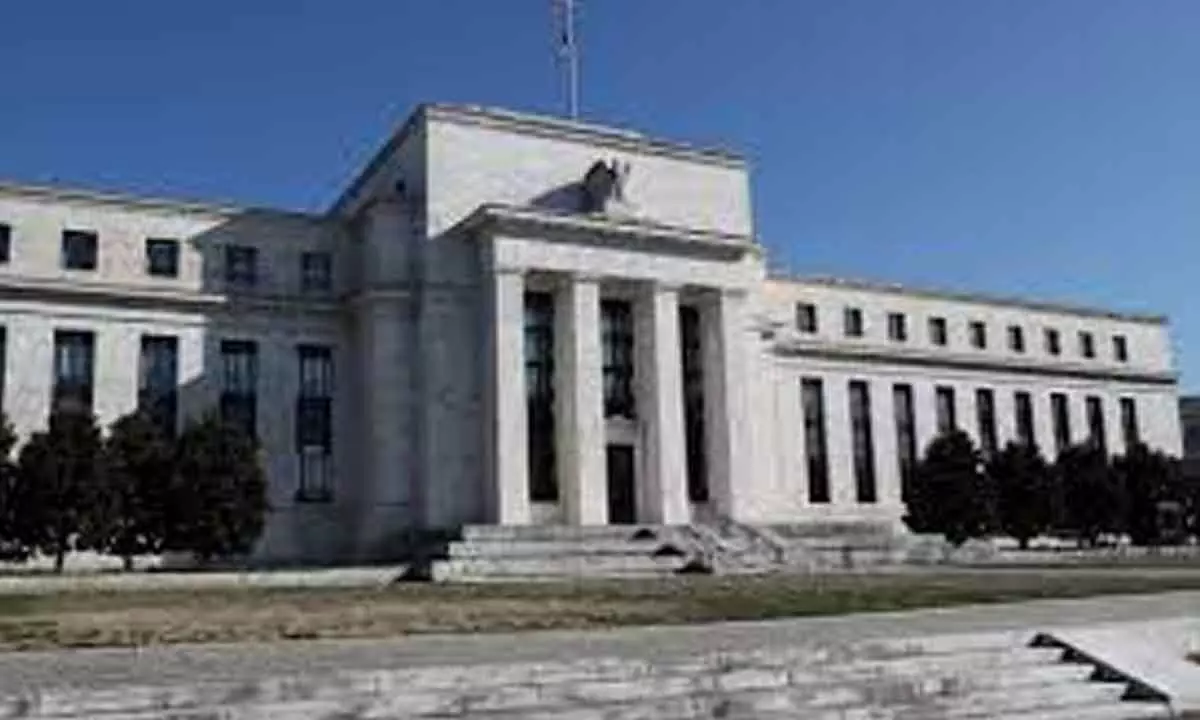Banks may be on rate hike spree, still they are emerging stronger
image for illustrative purpose

Analysts have revised their fair values higher for select banks under coverage noting the strong business performance that they are witnessing across the sector.
A Kotak study has upgraded fair values for banks under coverage partly to reflect the greater confidence in earnings led by lower credit costs, better-than-expected loan growth and consequently higher operating profit growth. The decline in credit costs implies that we are likely to see RoEs moving closer to industry average fairly quickly from here and the dispersion of RoEs, which was quite high in recent years to converge for most banks.
One can see a very sharp increase in price performance in these banks over the past few years. Regional banks, public banks and the non-frontline private banks have seen a sharp increase in prices and are outperforming the frontline private banks.
It is despite the fact that the sector is still in the very early stages of recovery post Covid. Interestingly, a strong intent is being observed to lend from the providers of debt capital. Banks, especially public banks, which had been affected by the corporate NPL cycle, have come back strongly in recent quarters. This has resulted in credit costs declining sharply in recent quarters and strong improvement in headline asset quality ratios.
No doubt, public banks, regional banks and NBFCs are showing greater comfort to grow their balance sheet as well. With strong flow of funds, the probability of NPL ratios declining further is still high. This would imply that the lower credit costs that we are seeing across banks could be visible for a much longer period as well.
The intent to borrow from the non-salaried segment (self-employed) and corporate sector has been relatively high, but recent data shows that the composition of credit growth shows a much better spread across sectors and segments.
Macro risks are still quite high and may warrant a change in view. However, it is hard to build an investment thesis that is currently dependent on a possible slowdown till we are able to assess the impact of that slowdown. It does appear that the growth could be slower rather than a repeat of the corporate NPL cycle.
Again, the slowdown caused by the capex slowdown was different to the slowdown that was caused by Covid on the banks. Public or private-sector banks had negligible impact during the Covid cycle, while they were deeply impacted during the corporate slowdown.
As such, both the corporate sector through a large capex cycle and the real estate sector are sans asset bubble. These are usually sectors that can potentially result in a sharp slowdown and consequently result in high loss rates. Note that the loan book has more retail loans in the current cycle and hence, the probability of a higher credit cost appears to be lower. Affordability appears to be quite comfortable despite the recent increase in interest rates.

